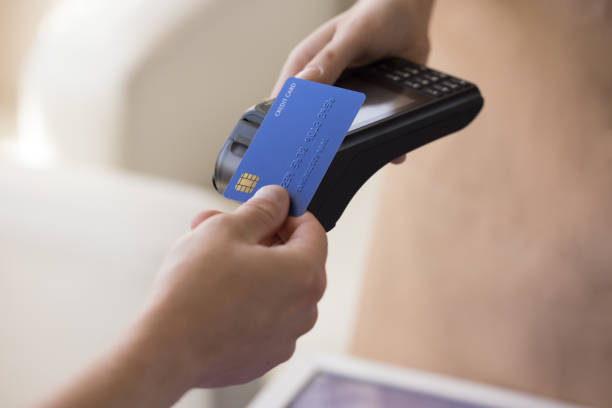Biometric cards implemented in Colombia to combat financial fraud

The increase in cases of digital fraud and identity theft in Colombia has prompted the development of new technologies aimed at improving security in financial transactions.
According to a Juniper Research report, global losses from e-commerce fraud will reach $107 billion in 2029, a significant increase from $44.3 billion in 2024. This global context also reflects a critical situation in Colombia, where multiple cases of digital scams, bank data theft, and unauthorized account access have been reported.
One of the most recent is the biometric payment card implemented by the Colombian company BYTTE SAS, in collaboration with the international group Thales, which specializes in digital security solutions.

The solution aims to prevent identity theft and theft, even if the card is stolen. Photo: iStock
These practices affect both individual users and financial institutions, generating economic consequences and a decrease in trust in digital platforms and the financial system in general.
How the biometric card works The proposed solution consists of a credit or debit card with an integrated fingerprint sensor . The device stores the cardholder's encrypted fingerprint directly on the card's chip. To authorize a payment, the person must place their finger on the sensor; this avoids the use of passwords, physical signatures, or external authenticators.
Identity verification is performed locally on the card, meaning no biometric data is transmitted to servers, reducing the risk of interception or unauthorized access.
In addition to the fingerprint sensor, the card incorporates a visual confirmation system using an LED light that activates upon successful authentication. This feature facilitates in-person use at points of sale.
Activation and validation modalities The system allows two methods to activate the card:
- Self-service activation: Through the bank's app, the user can register their fingerprint using their mobile device. This option requires a compatible biometric sensor on the phone.
- Assisted activation: This is performed at a bank branch or through an on-site visit, during which the cardholder's identity is validated and their fingerprint, and even their face if the bank deems it necessary, is recorded.
Once activated, the card can be used to make payments online and in physical stores. For online transactions, the system is complemented by technologies such as qVSDC (Quick Visa Smart Debit/Credit) and out-of-band validations through the banking app, allowing user authentication without relying exclusively on the payment channel.

BYTTE SAS developed a biometric card that works only with the cardholder's fingerprint. Photo: iStock
During the "Trust Roundtables" event, which brought together representatives from the public, private, and academic sectors, the implications of these technologies in the context of the country's digital transformation were discussed.
Viviana Vanegas, Director of Digital Development at the National Planning Department (DNP), warned about the risks of digital exclusion. She proposed the creation of a "basic ICT basket" that includes connectivity, devices, and training in digital skills to reduce the gaps that hinder secure access to financial services.
For his part, Mauricio Sanabria, dean of the Faculty of Business Administration at the Universidad del Rosario, noted that biometric technologies are part of the integration process between the digital, the physical, and the biological, characteristic of the fourth industrial revolution.
He also indicated that these solutions must be adapted to the country's social, technical, and cultural conditions, with an emphasis on ease of use, the protection of personal data, and coordination between public and private actors.
Towards a national strategy against fraud The introduction of biometric cards represents one of several possible measures to reduce financial fraud in Colombia. However, experts agree that its effectiveness will depend on widespread adoption, integration with other security systems, and support from policies that promote digital education and financial inclusion.
This technology is not unique to Colombia and has already been tested in other countries. However, its nationwide implementation still poses challenges in terms of infrastructure, biometric data regulation, and equitable access.
The Trust Roundtables event, where this innovation was presented, is part of a broader agenda for dialogue on digital identity and the challenges associated with its implementation in the country. The discussions seek to establish frameworks for cooperation between public entities, technology companies, and academic centers to build a more secure and accessible digital ecosystem.
*This content was rewritten with the assistance of artificial intelligence, based on information from BYTTE SAS.
More news in EL TIEMPOeltiempo





